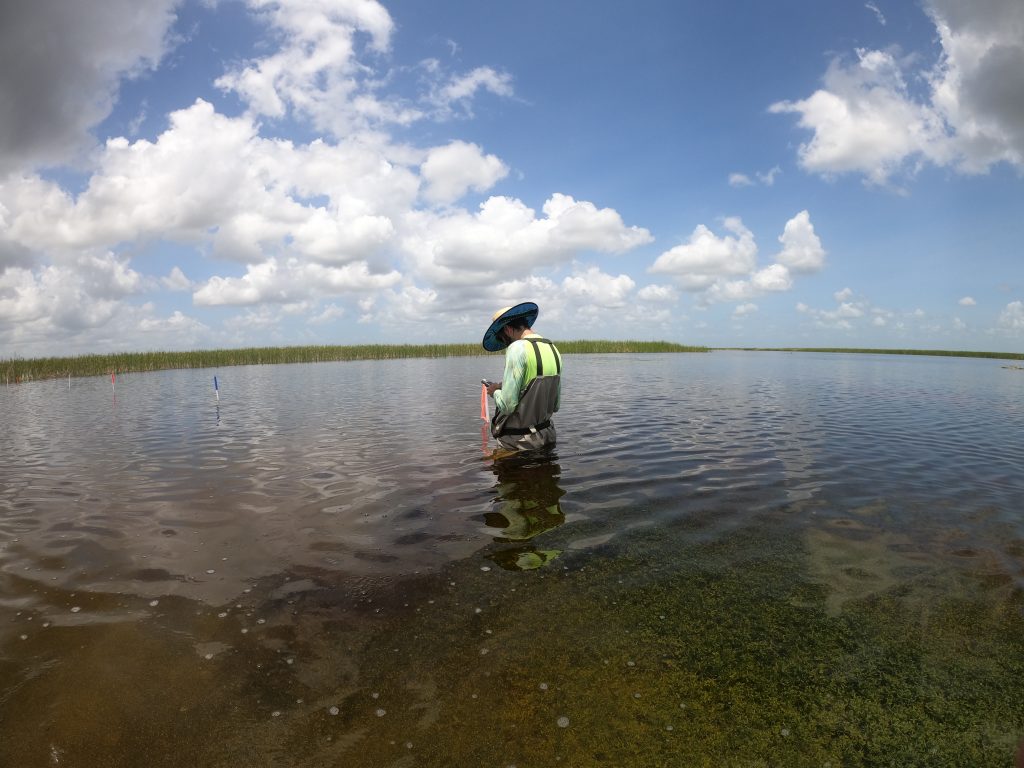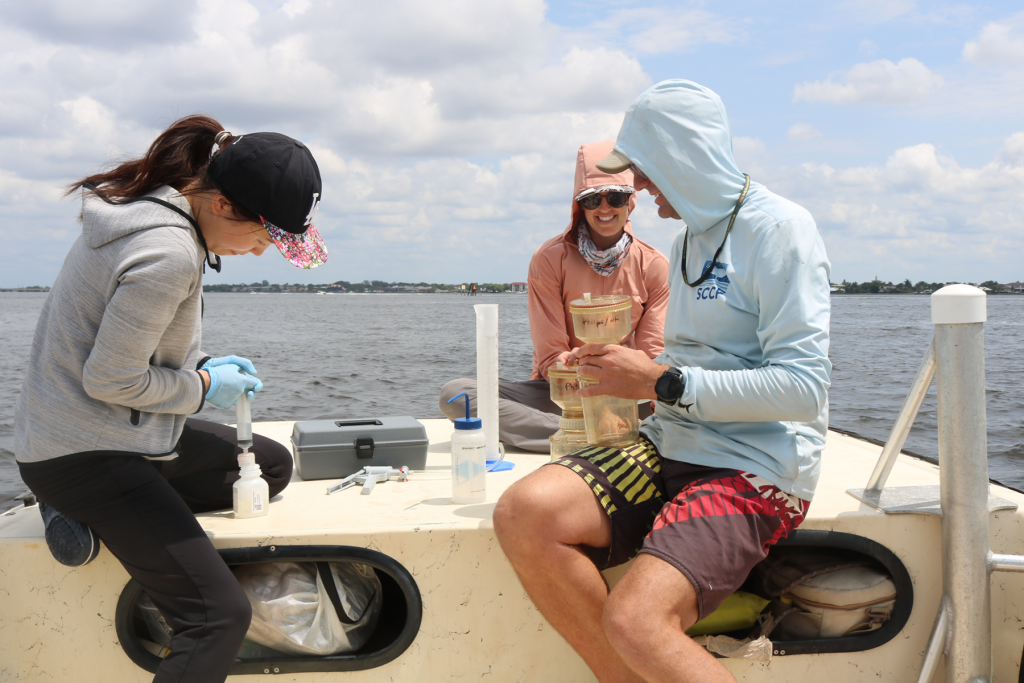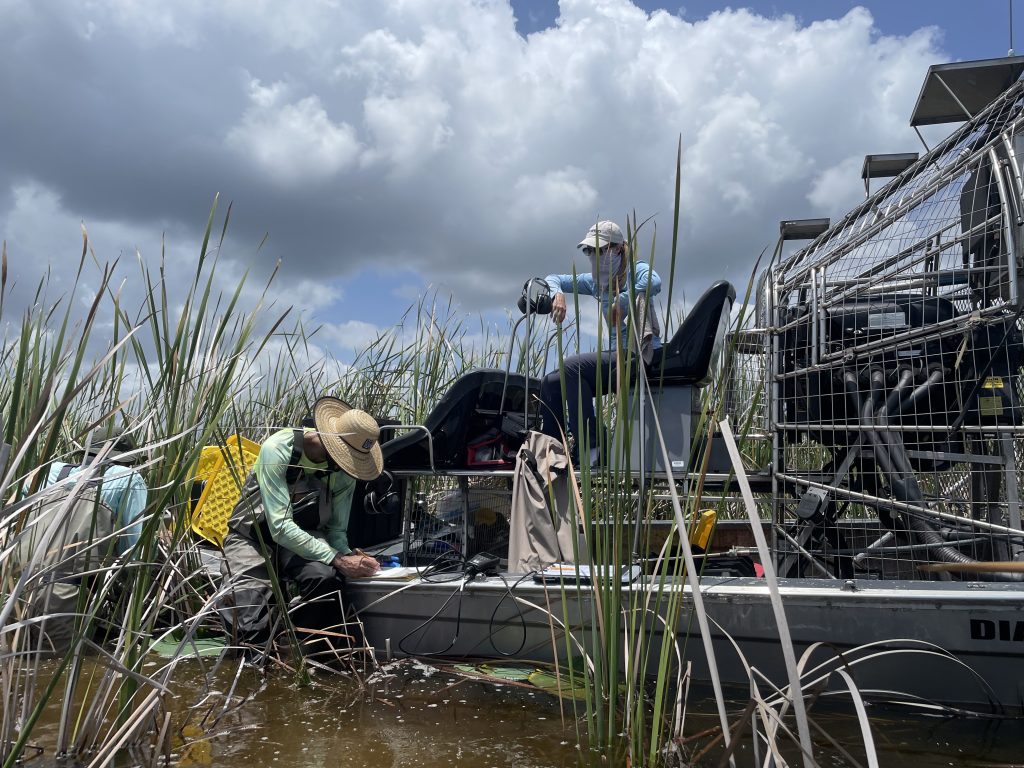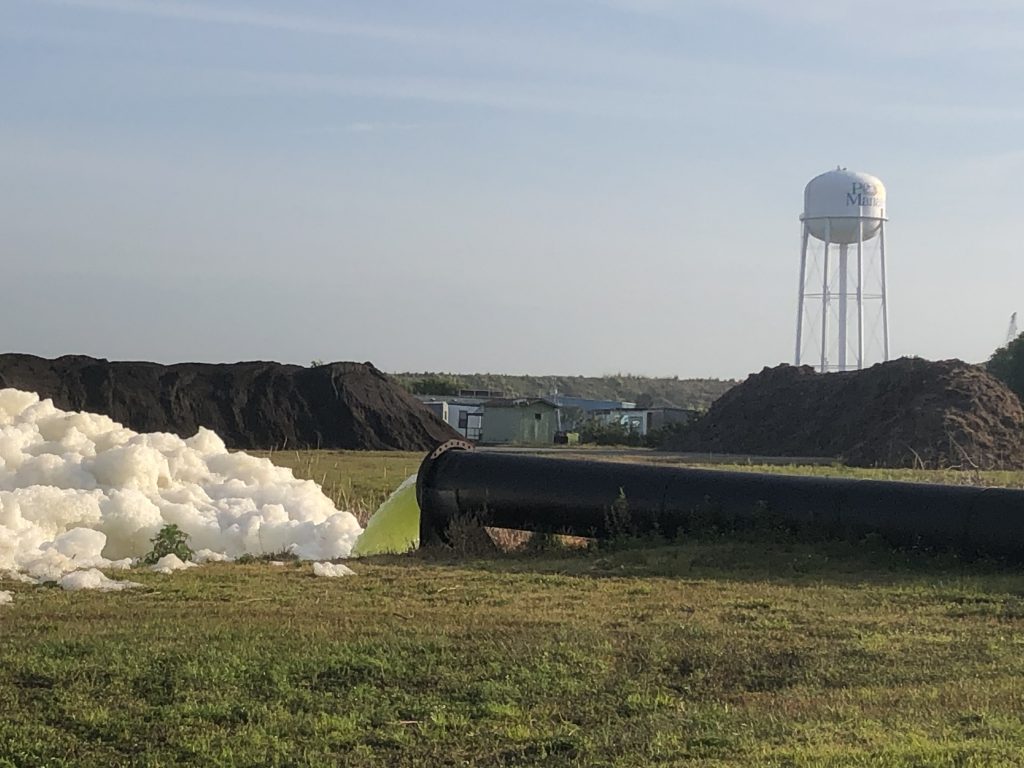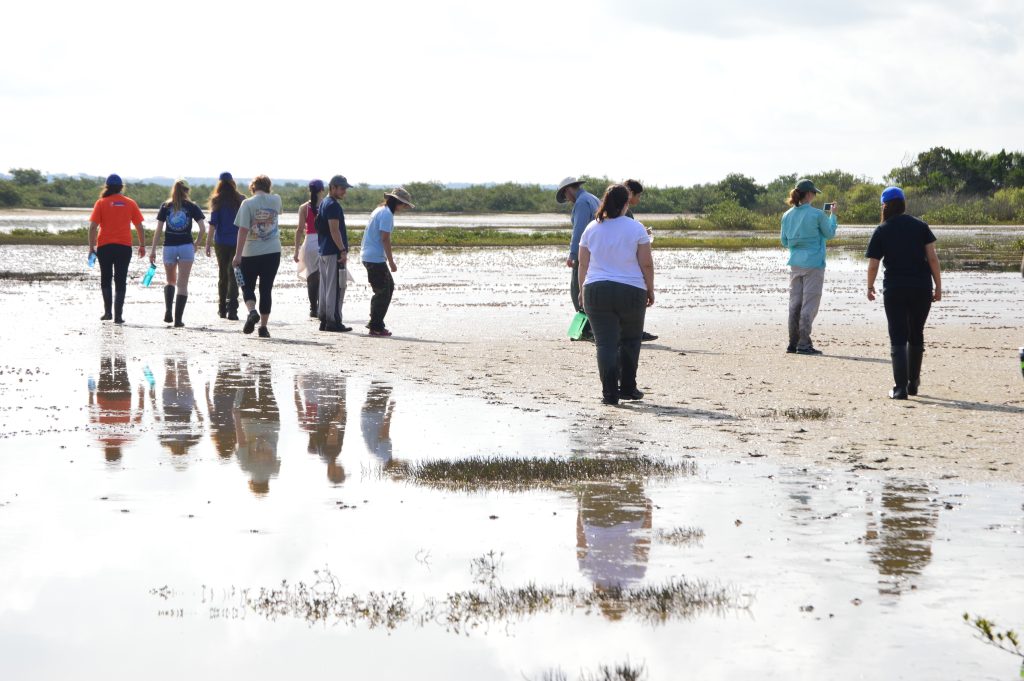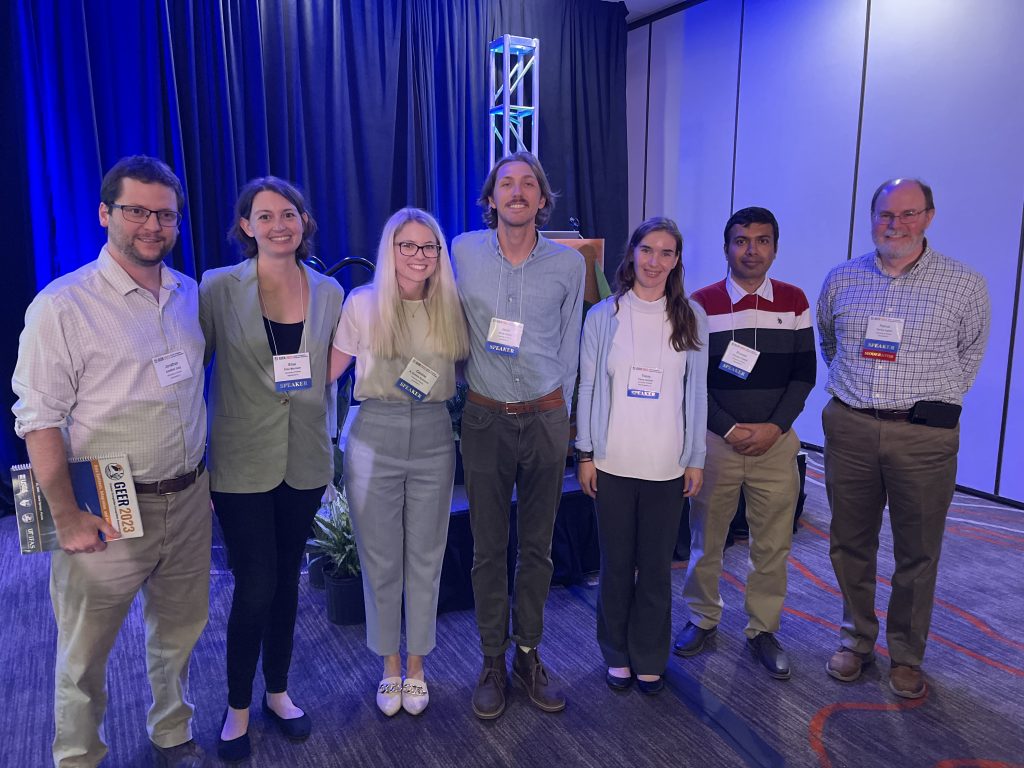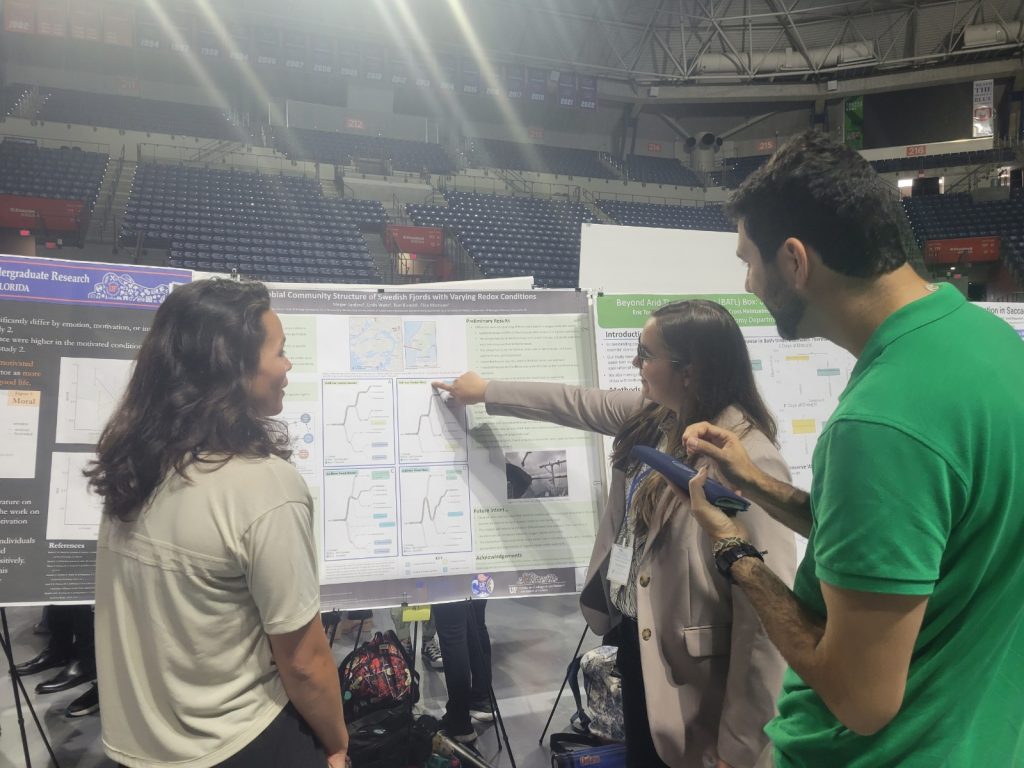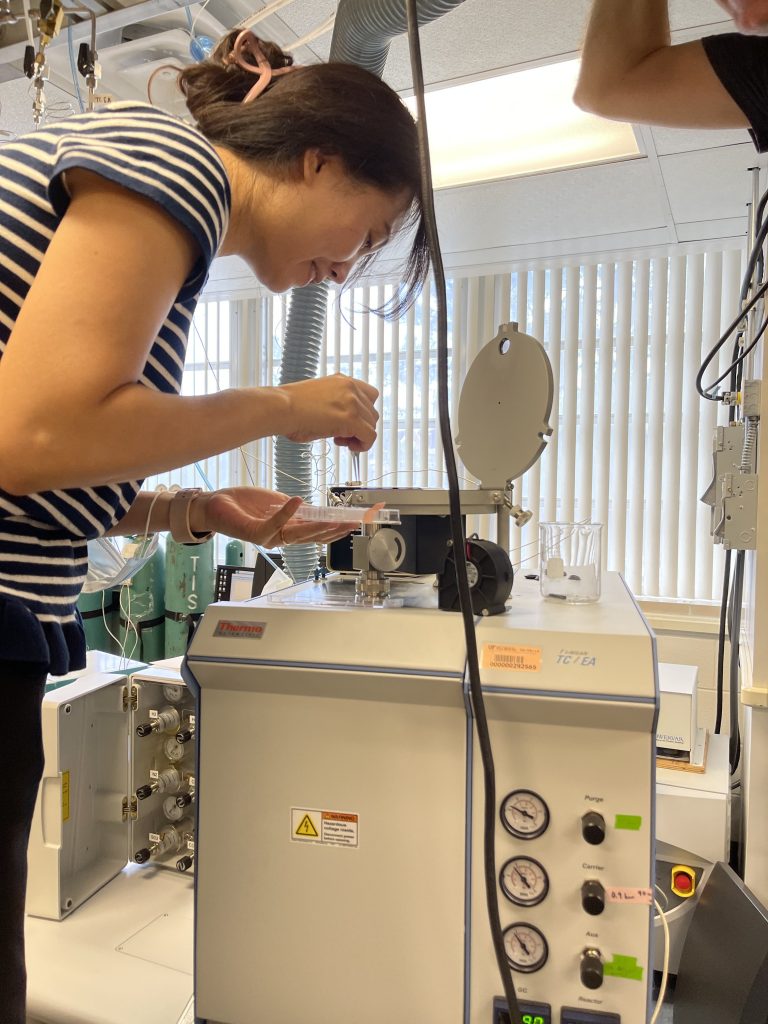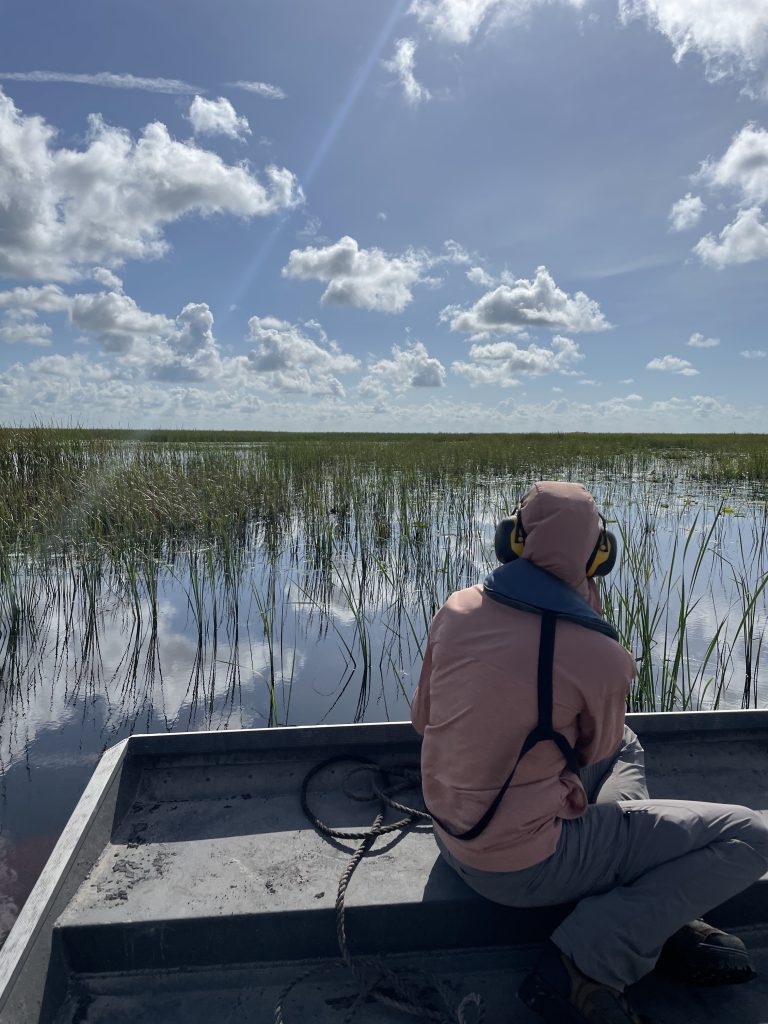The Morrison lab works with a series of ecosystem-scale research questions designed to better understand the response of aquatic networks (rivers, streams, lakes, reservoirs and wetlands) and coastal environments to ongoing and episodic human perturbations, including intensifying land use, hydrologic manipulation, and changing climate.
We use a variety of chemical and laboratory analyses to quantify nutrient (nitrogen and phosphorus) concentrations, stable isotopes, chemical biomarkers and spectroscopy indices that all together allows the assessment of environmental responses to different stressors.
Some of our current research questions are:
-
How can we integrate novel approaches and engineer technologies to better understand fundamental biogeochemical processes and their impacts on human-wetland interactions?
-
What are the sources of nutrients that may influence harmful algal blooms in Florida’s freshwater and coastal systems?
-
How does microbial community structure and function influence elemental (C, N, P) cycling within wetland and coastal systems?
-
What are the effects of nutrients released from Piney Point to the Tampa Bay ecosystem?
-
How can we better identify, predict, and mitigate coastal hazards through the development of novel sensing platforms that inform our understanding of microorganisms and biogeochemistry?

